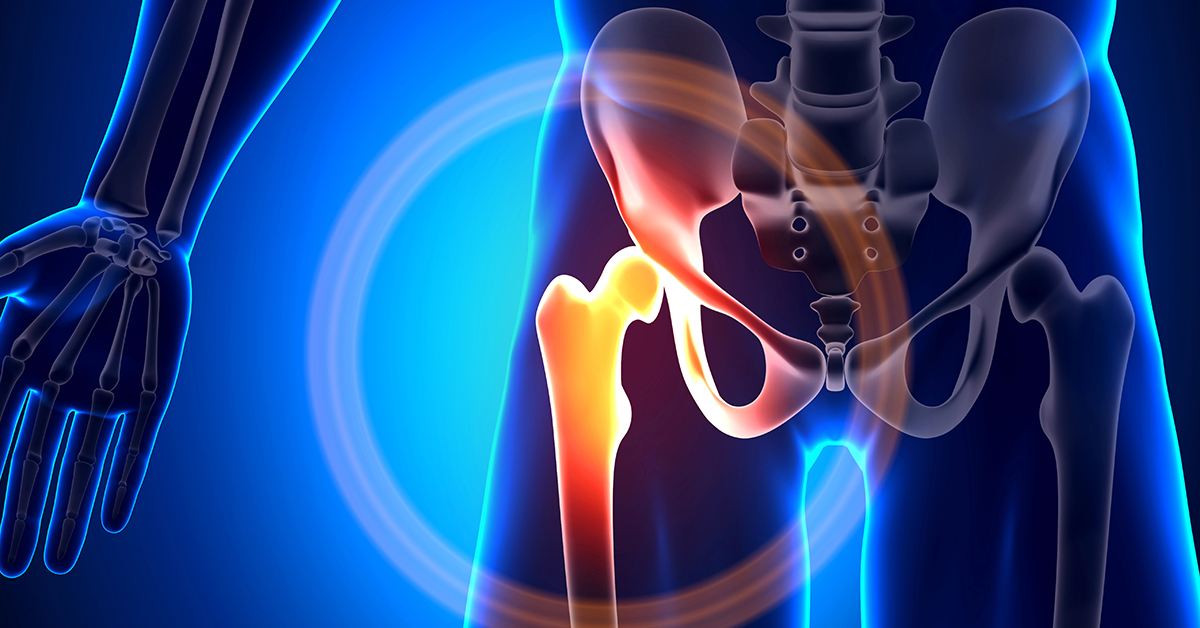
How Active Can I Be After Hip Replacement?
Hip replacement surgery can significantly improve your quality of life by relieving pain and restoring mobility. However, many patients wonder how active they can be after the procedure. The good news is that most people can return to a highly active lifestyle, but it is essential to follow a structured recovery plan and adhere to your surgeon's recommendations.
Initial Recovery Phase
The initial recovery phase typically lasts around six to twelve weeks. During this time, your activity will be limited to allow your body to heal properly. Walking is encouraged as soon as possible, usually with the aid of crutches or a walker. Physical therapy plays a crucial role in your recovery, helping you regain strength, flexibility, and range of motion. Your therapist will guide you through exercises designed to support your healing and prepare you for more active pursuits.
Gradually Increasing Activity
As your recovery progresses, you will be able to gradually increase your activity level. Most patients can return to light activities such as walking, swimming, and stationary cycling within a few months. These low-impact exercises are excellent for maintaining cardiovascular health and strengthening the muscles around your hip without putting too much stress on the joint.
Returning to Sports and High-Impact Activities
While low-impact activities are generally safe, high-impact sports and activities should be approached with caution. Sports such as tennis, golf, and skiing can be resumed, but it is essential to discuss these with your surgeon. They will provide specific guidelines based on your individual progress and the type of implant used.
Long-Term Activity Levels
In the long term, many hip replacement patients return to an active lifestyle that includes a variety of exercises and recreational activities. Walking, swimming, and cycling remain excellent choices for maintaining fitness and joint health. Activities that involve repetitive impact, such as running or jumping, should be limited to reduce the risk of wear on the implant. However, many patients find they can enjoy a wide range of activities without discomfort.
Tips for Staying Active
- Follow Your Rehabilitation Plan: Adhering to your physical therapy and rehabilitation plan is crucial for a successful recovery. These exercises are designed to help you regain strength and mobility safely.
- Listen to Your Body: Pay attention to any signs of pain or discomfort. If an activity causes pain, stop and consult your healthcare provider.
- Maintain a Healthy Weight: Keeping your weight in a healthy range reduces stress on your hip joint and extends the life of your implant.
- Stay Active Consistently: Regular exercise is essential for maintaining the benefits of your hip replacement. Aim for a balanced routine that includes cardiovascular exercise, strength training, and flexibility exercises.
In conclusion, a hip replacement can significantly enhance your ability to lead an active lifestyle. While there are some limitations, most patients can return to many of their favorite activities with proper rehabilitation and care. Always consult with your healthcare provider to create a personalized plan that supports your recovery and long-term health.
